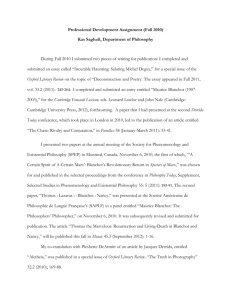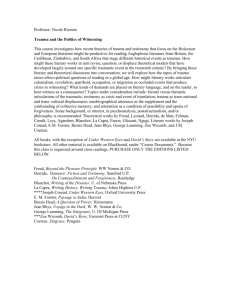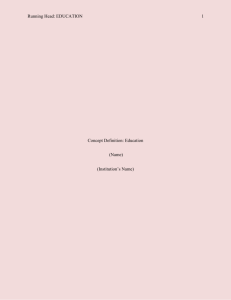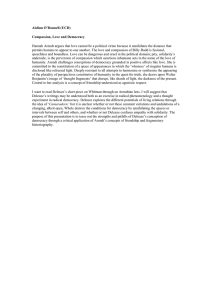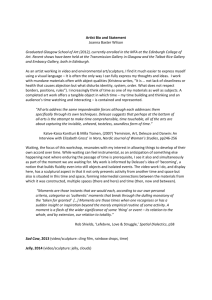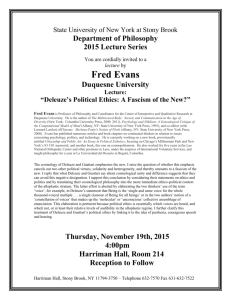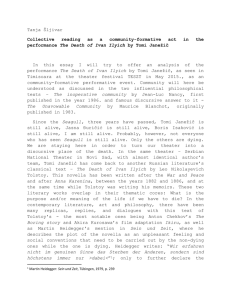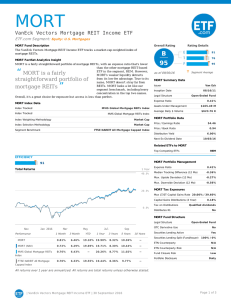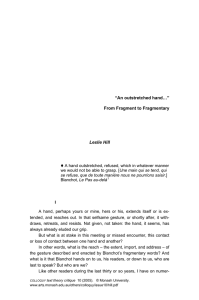Document 12779947
advertisement
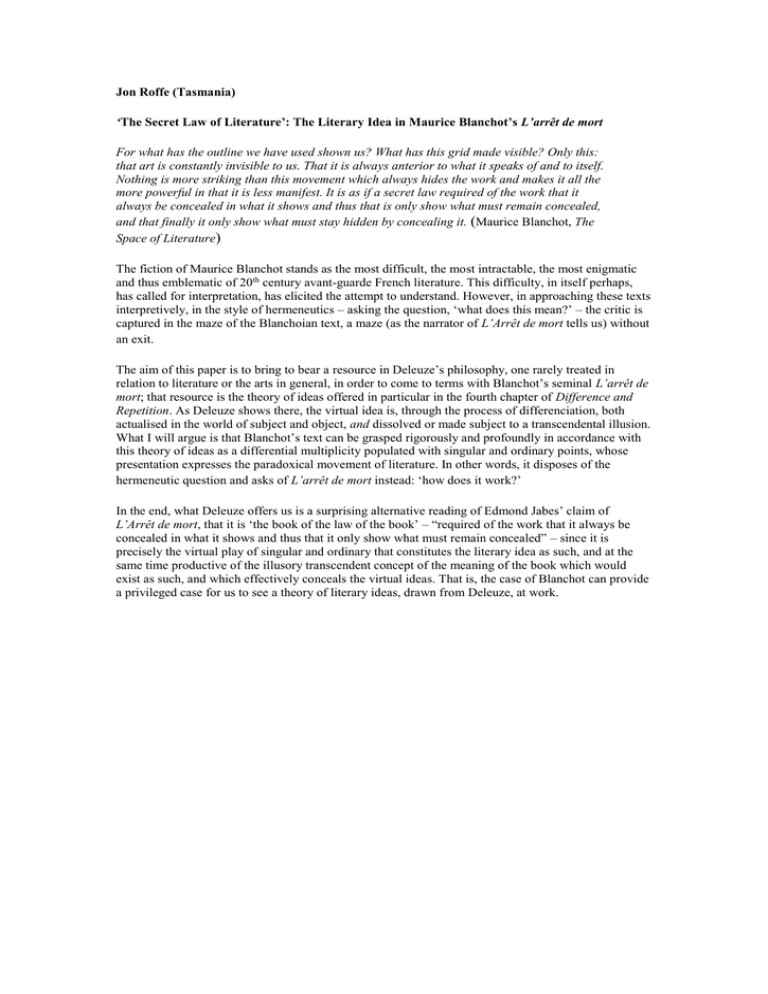
Jon Roffe (Tasmania) ‘The Secret Law of Literature’: The Literary Idea in Maurice Blanchot’s L’arrêt de mort For what has the outline we have used shown us? What has this grid made visible? Only this: that art is constantly invisible to us. That it is always anterior to what it speaks of and to itself. Nothing is more striking than this movement which always hides the work and makes it all the more powerful in that it is less manifest. It is as if a secret law required of the work that it always be concealed in what it shows and thus that is only show what must remain concealed, and that finally it only show what must stay hidden by concealing it. (Maurice Blanchot, The Space of Literature) The fiction of Maurice Blanchot stands as the most difficult, the most intractable, the most enigmatic and thus emblematic of 20th century avant-guarde French literature. This difficulty, in itself perhaps, has called for interpretation, has elicited the attempt to understand. However, in approaching these texts interpretively, in the style of hermeneutics – asking the question, ‘what does this mean?’ – the critic is captured in the maze of the Blanchoian text, a maze (as the narrator of L’Arrêt de mort tells us) without an exit. The aim of this paper is to bring to bear a resource in Deleuze’s philosophy, one rarely treated in relation to literature or the arts in general, in order to come to terms with Blanchot’s seminal L’arrêt de mort; that resource is the theory of ideas offered in particular in the fourth chapter of Difference and Repetition. As Deleuze shows there, the virtual idea is, through the process of differenciation, both actualised in the world of subject and object, and dissolved or made subject to a transcendental illusion. What I will argue is that Blanchot’s text can be grasped rigorously and profoundly in accordance with this theory of ideas as a differential multiplicity populated with singular and ordinary points, whose presentation expresses the paradoxical movement of literature. In other words, it disposes of the hermeneutic question and asks of L’arrêt de mort instead: ‘how does it work?’ In the end, what Deleuze offers us is a surprising alternative reading of Edmond Jabes’ claim of L’Arrêt de mort, that it is ‘the book of the law of the book’ – “required of the work that it always be concealed in what it shows and thus that it only show what must remain concealed” – since it is precisely the virtual play of singular and ordinary that constitutes the literary idea as such, and at the same time productive of the illusory transcendent concept of the meaning of the book which would exist as such, and which effectively conceals the virtual ideas. That is, the case of Blanchot can provide a privileged case for us to see a theory of literary ideas, drawn from Deleuze, at work.
